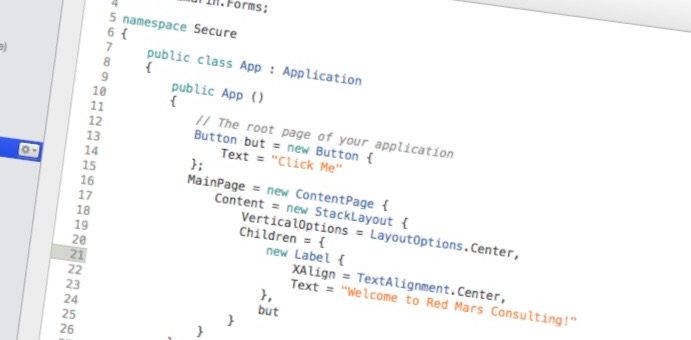Getting XML Serialization and Webservices to work with SQL CLR
Microsoft SQL server has built-in security which prevents the dynamic loading of serialized assemblies. What this basically means is that an assembly which utilises Webservices and XML.Serialization will dynamically load the code and compile at runtime and SQL Server doesn’t like that. This is the error you will receive when running functions or procedures in such an assembly. Read more about Getting XML Serialization and Webservices to work with SQL CLR …

